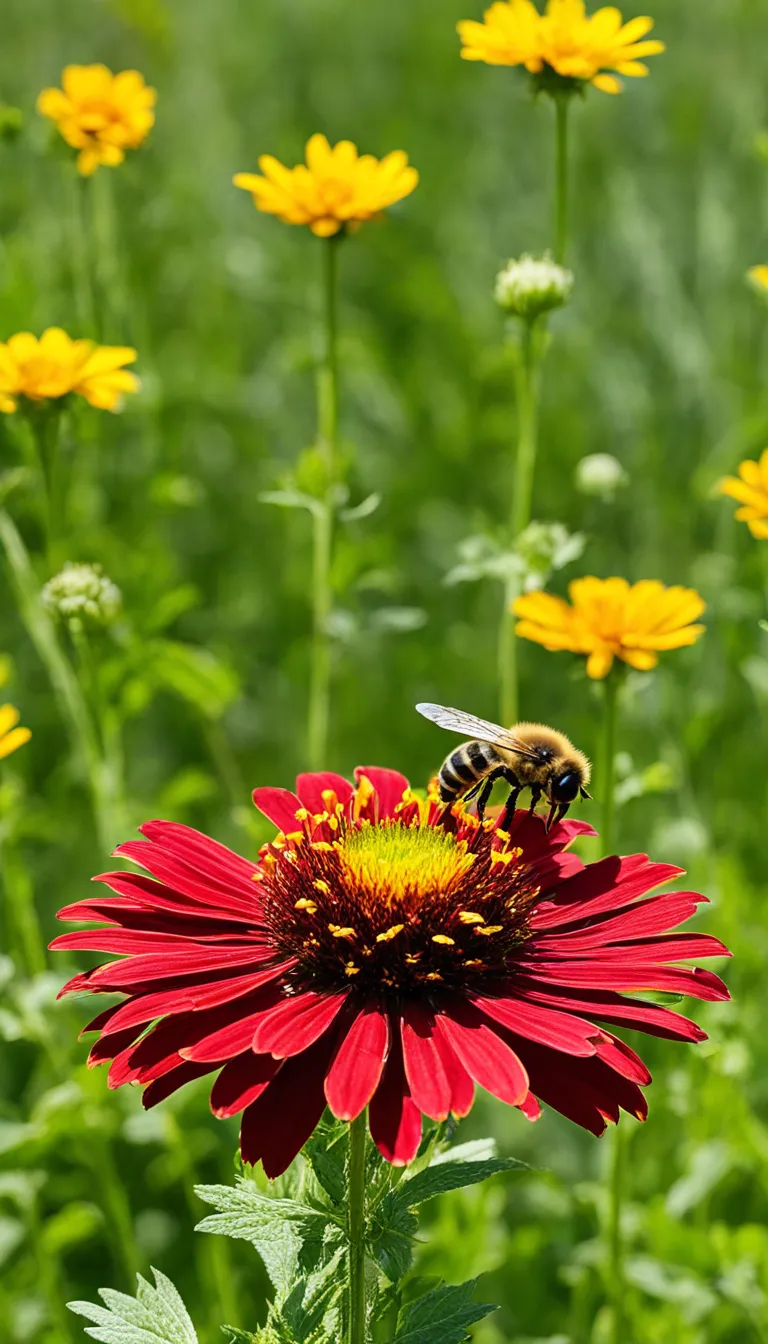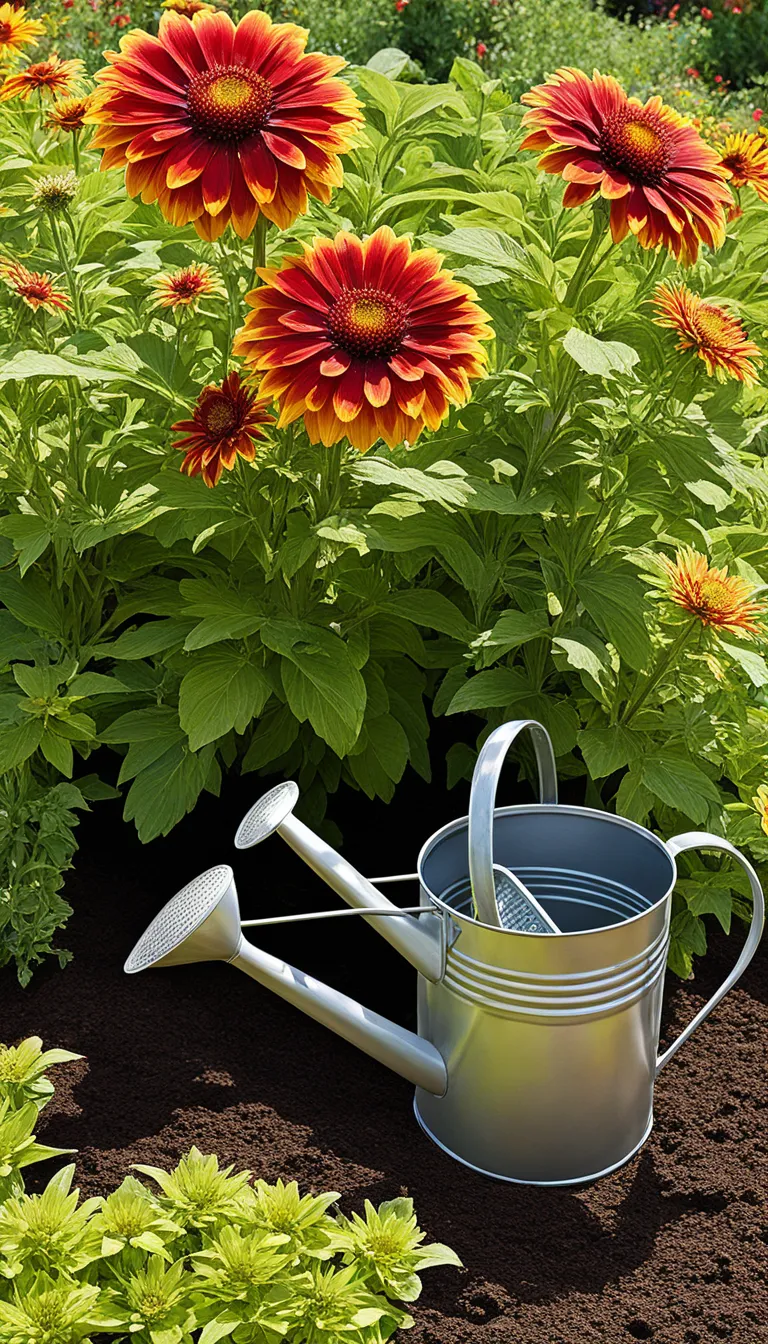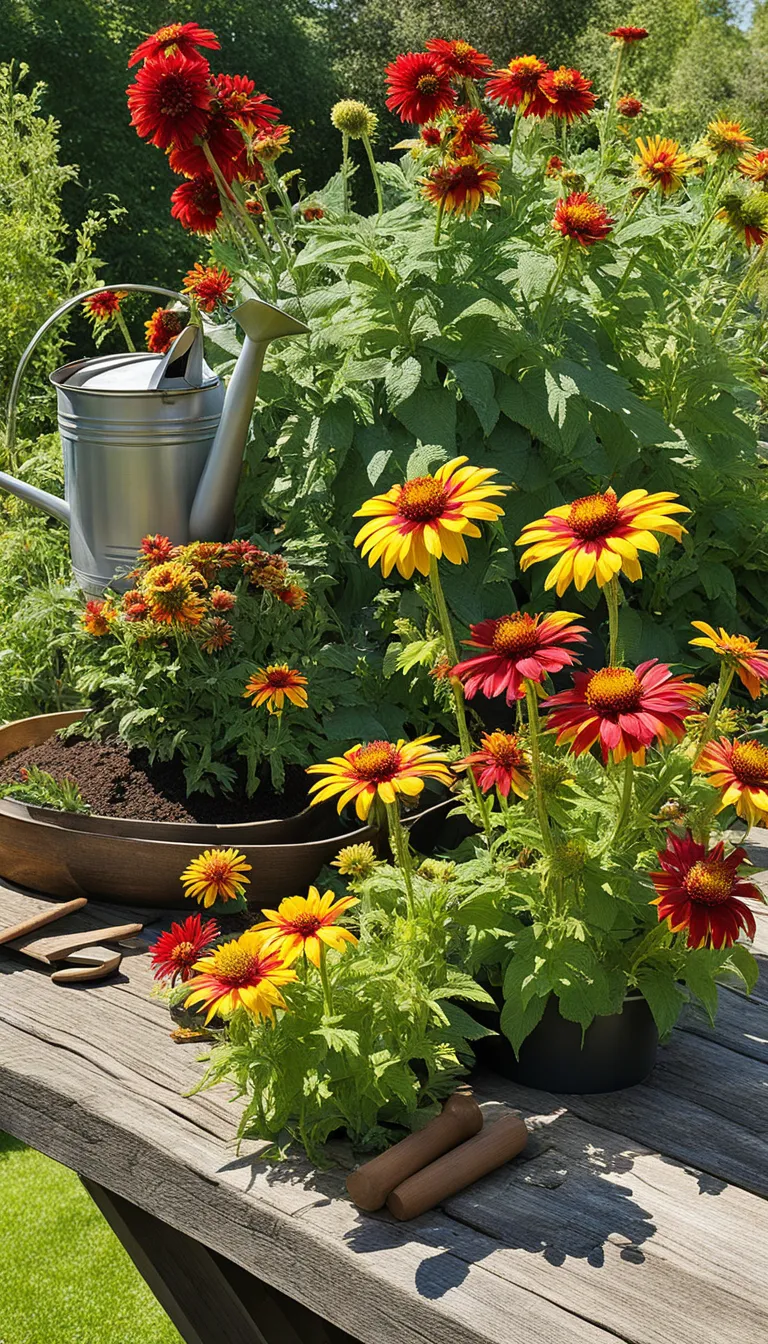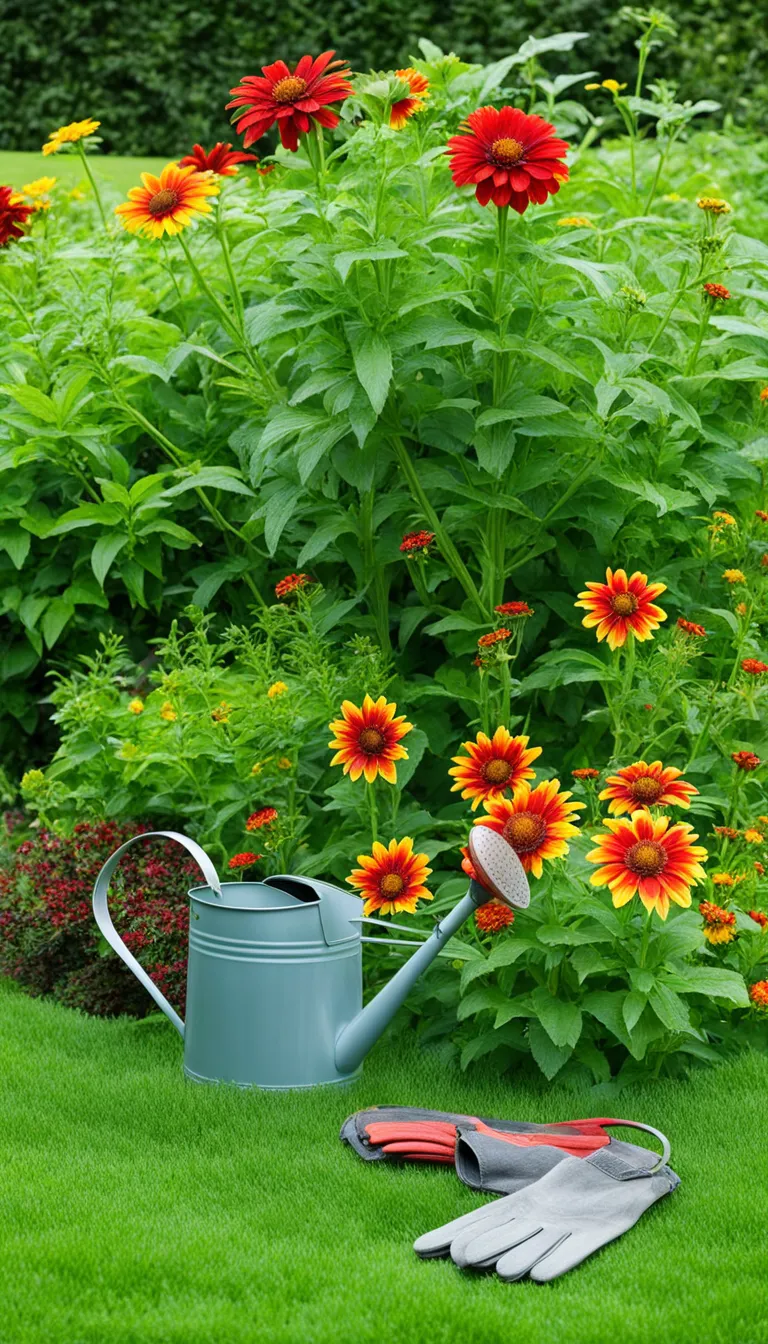Welcome to the world of Gaillardia, a flower that’s as explosive in color as it is in garden performance. Have you ever craved a touch of the wild and the vibrant in your backyard? Look no further, as the Gaillardia, or blanket flower, is here to ignite your garden space with its fiery hues and resilient nature. Isn’t it amazing to have a plant that not only stands out with its beauty but also endures through the toughest of conditions?
Imagine a flower that can withstand the scorching sun, laugh in the face of drought, and still throw a colorful party in your garden. That’s Gaillardia for you! It’s not just a plant; it’s a statement of joy and survival. So, are you ready to dive into the world of these fantastic flowers? Let’s get to know them better and find out how you can make these floral fireworks a part of your own green sanctuary.

What is Gaillardia?
Gaillardia, commonly known as blanket flowers, are a spectacle of vibrancy and resilience, painting gardens with their fiery palette. Native to the Americas, these perennials are named after an 18th-century French magistrate and patron of botany, Gaillard de Charentonneau. But what really sets these blossoms apart?
Their daisy-like form, ranging from warm yellows and oranges to rich reds and burgundies, often features a gradient of hues that converge at a central eye. The petals radiate around this eye like the rays of a sun, a design that not only catches the eye but also the hearts of garden enthusiasts. Gaillardia thrives in full sunlight and can endure even the most scorching summer days, making them a symbol of endurance and strength.
But there’s more to these flowers than meets the eye. They are not just a pretty face; they are workhorses of the garden. Gaillardia is known for its ability to attract pollinators such as bees and butterflies, while being resistant to deer and other garden nibblers. Here’s a quick list of their standout traits:
- Long blooming season: From early summer until fall, they provide continuous color.
- Drought tolerance: Once established, they require minimal water, making them eco-friendly.
- Soil adaptability: They’re not picky about soil, thriving in everything from sandy to clay.
- Maintenance: Minimal care is needed, just deadheading to encourage more blooms.
In essence, Gaillardia is a plant that not only explodes with color but also surprises with its robustness and versatility. Whether you’re a seasoned gardener or a green-thumbed novice, these flowers are sure to add a burst of life to your outdoor space.

How to Care for Gaillardia?
Gaillardia, with its fiery palette of colors, is not just a visual treat but a surprisingly easy plant to care for. Whether you’re a seasoned gardener or a green-fingered newbie, these tips will ensure your Gaillardias explode with beauty all season long.
First things first, sunlight is the best friend of Gaillardia. These blooms crave the sun’s warm embrace, so plant them where they’ll bask in full glory for at least 6 to 8 hours a day. The more sun, the more spectacular the flower show!
When it comes to watering, think of Goldilocks – not too much, not too little, but just right. Gaillardias are drought-tolerant, so overwatering can lead to root rot. Let the soil dry out between watering for a happy plant.
Soil preferences for Gaillardia are not too picky, but they love to lay their roots in well-drained soil. If you’re dealing with clay, consider amending it with sand or organic matter to improve drainage.
Fertilizing isn’t necessary, but if you want to give your plants an extra boost, use a low-nitrogen fertilizer. Too much nitrogen can lead to lush foliage at the expense of blooms.
Here’s a quick checklist for Gaillardia care:
- Full Sun: At least 6-8 hours of direct sunlight daily.
- Watering: Allow soil to dry out between watering sessions.
- Soil: Well-drained, moderately fertile soil.
- Fertilizing: Optional, low-nitrogen fertilizer can be used.
Remember, Gaillardias are tough cookies, but with the right care, they’ll not just survive, they’ll thrive and turn your garden into a fiesta of colors! Who knew such an explosion of color could be so easy to achieve?

Planting Gaillardia
Embarking on the journey to plant Gaillardia in your garden is like setting off a vibrant explosion of color that will captivate the senses. But how do you ensure that these floral fireworks provide the best show possible? Let’s dig into the step-by-step guide that will help you plant Gaillardia successfully:
- Choose the Right Spot: Gaillardia thrives in full sun, so pick a location where the plants will receive at least 6 hours of direct sunlight each day. They’re not just sun-seekers; these flowers are like solar panels, soaking up the rays to fuel their stunning display.
- Prepare the Soil: These flowers are not fussy about soil but ensure it is well-draining. Amend the soil with compost to give the plants a nutritious start. It’s like preparing a comfortable bed for these beauties to lay their roots.
- Planting Time: Spring is the ideal time to plant Gaillardia, once the threat of frost has passed. It’s the season of new beginnings, and what better way to celebrate than with the promise of upcoming garden splendor?
- Space Them Out: Space the plants about 12-18 inches apart. Gaillardia needs room to spread out and breathe, just like we all do when we’re seeking to flourish.
- Water Wisely: After planting, give them a good drink of water. Then, be moderate with watering, as Gaillardia prefers to stay on the drier side. Think of it as a plant that values its independence, only needing occasional check-ins.
- Mulching: Apply a layer of mulch around the plants to help retain moisture and prevent weeds. It’s like tucking them in with a protective blanket, ensuring they’re cozy and secure.
With these steps, you’re not just planting flowers; you’re setting the stage for a spectacular performance that will bring joy throughout the growing season. And the best part? Gaillardia is a perennial, so with a little care, you’ll be able to enjoy these floral fireworks year after year.





